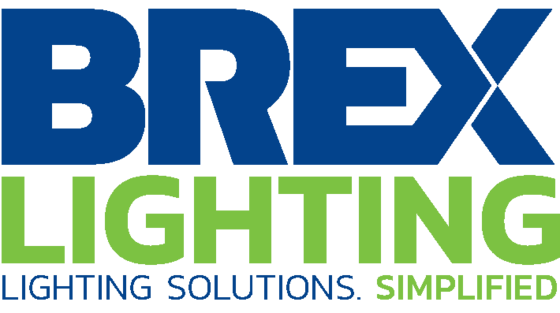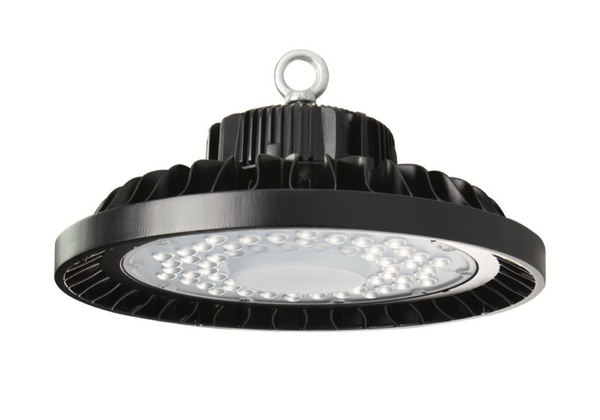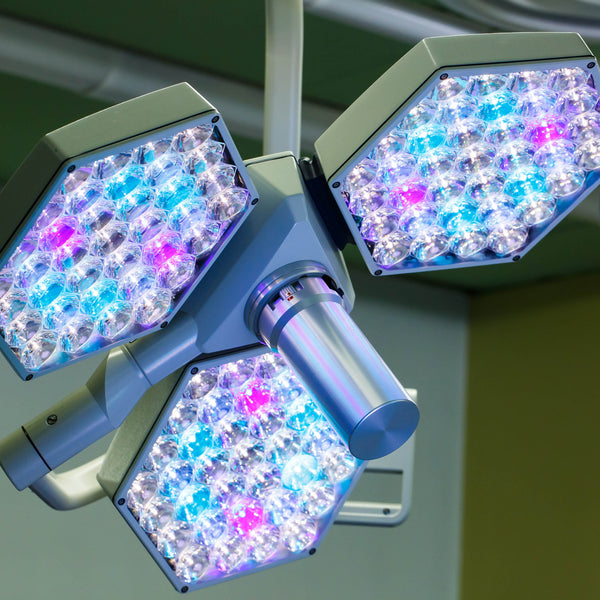The Future of LED

What can LEDs do? You might think that's a very stupid question. Shiny bright lights, changing and dimming colors, as well as being economical and efficient; LEDs have all the properties of a great story. But is that it? You’ll be pleasantly surprised knowing about the fields that LEDs are shedding a light on, literally. It’s no more just switching on and off.
Today LEDs can be found in almost every device around us camera’s, street lighting systems and machine vision systems. Car manufacturers are looking at color changing LEDs for interiors so that they can enhance the look and feel. Smart LED vehicle headlights will slowly become the defector standard in most cars because of the safety and reliability they offer. The field of medicine is also taking advantage of LEDs in endoscopy devices, operating theater lighting and for the betterment of mood in patients with Alzheimer's.
LED Drivers
It almost seems like things in our daily lives we’ve taken for granted have been made efficient with the use of LEDs. The versatility of LEDs are due to an intelligent controller called the LED driver, which controls the LED. LED drivers can be thought of being similar to a control unit which can regulate the input current and voltage and tell the LED what to do.
LED drivers can do much more than turn lights on and off. For example it can make LED’s talk to each other. In automated factories, a special LED driver can be used to make sure there is optimum current to the LED in the vicinity of the machine vision systems so that the system can read labels correctly.
A lot of automobiles today are fitted with a sensor system. The information from the system can be fed into the smart LED driver to reduce glare on to oncoming traffic, without reducing visibility on the road so that you can drive safely. Let's take a look at what the emerging trends are in LED lighting and what to watch out for in the future:
LiFi
No that's not a typo. Li-fi uses LED for data transmission. It can achieve a transfer speed of 1.25gbps, almost 5 times the maximum speed of Wifi.
Lifi bulbs are fitted with a chip which modulate light waves that you can’t see, to carry data . They are received by photoreceptors. In addition to having higher speeds, they are more secure as you need a clear line of sight to intercept data. It also doesn’t create interference with other electronic devices making it apt for aircrafts and hospitals. Another advantage is being able to connect to printers, scanners and office electronics without the need of any wiring.
LED Filament Lights
LED filament lights are more of a recent aesthetic trend. The incandescent light designs are making a comeback in interior designs inside homes and offices. Many companies are now creating incandescent bulb shapes with the LED shaped filaments.
These are used in pendants, chandeliers and table lamps.
OLED
From mobile phone and TV screens to dresses that have very low powered illumination, OLEDs are being field tested in a variety of applications. OLED ( Organic Light Emitting Diodes) are essentially a film of organic material sandwiched between two electrodes that light up on passage of electric current.
OLEDs are either polymer based or made from small molecules. A few advantages of OLEDs are that they don’t need backlight to function, are much lighter and thinner than LEDs, have a higher contrast ratio and offer many deeper levels of black.
Cloud Based Smart Lighting
Companies are moving towards cloud based smart lighting. By analyzing real time information about occupants, source and direction of sunlight in the building, and data available from light sensors each light source can be efficiently controlled. This can bring in a savings of 40-70% which are much higher than just moving to LED lights. And imagine doing that remotely through a home/ office automation system.
These systems can also save you time as you can create a schedule for turning lights off and on or synch it with an AI or similar decision making system which can run the show for you.
It’s been a long road since LED was introduced to the world some 30 years ago. There have been a lot of developments since those days both in terms of efficiency as well as affordability. And if the developments we have highlighted are any indicators, exciting things are in store in the future of LED.



